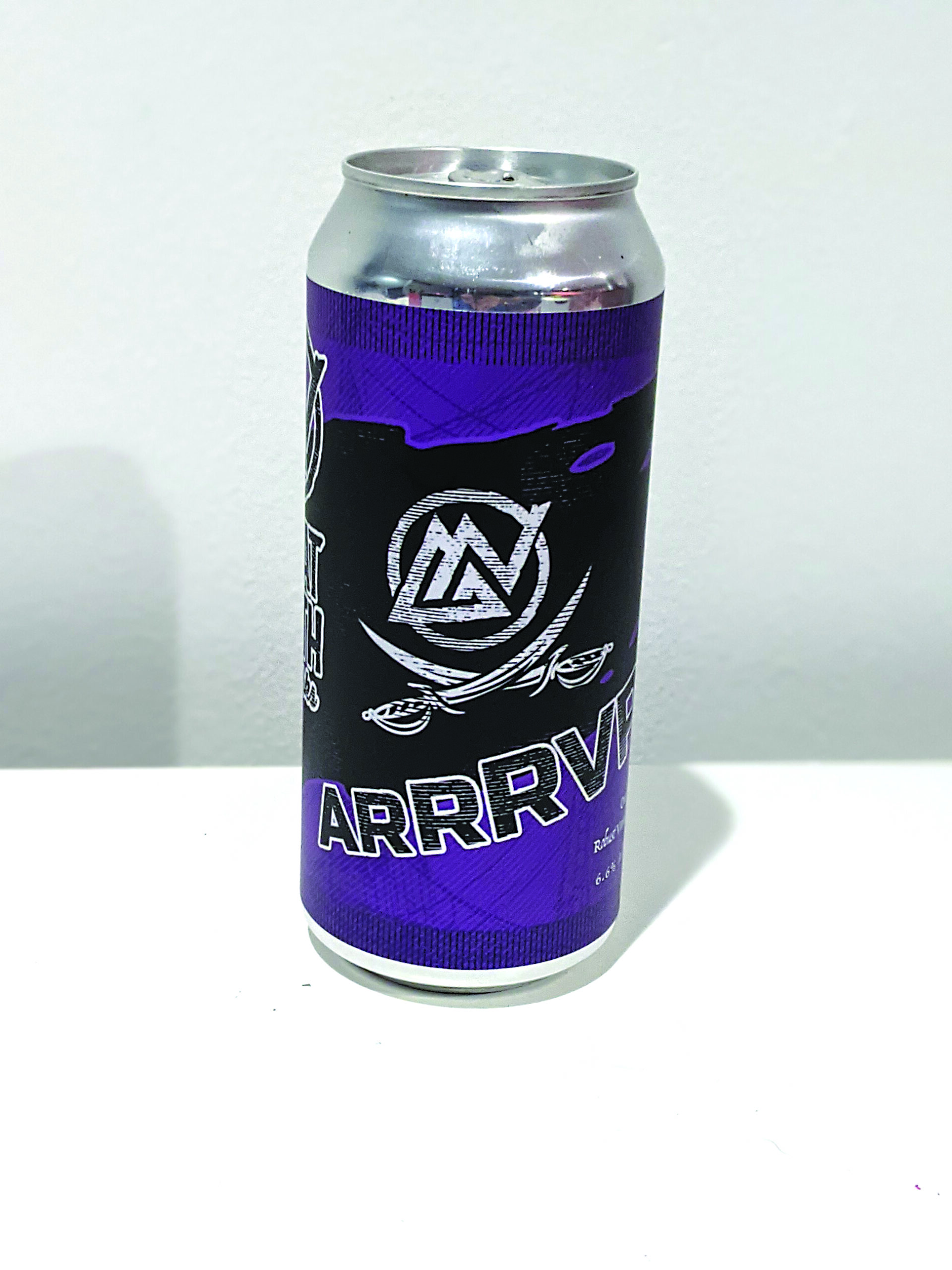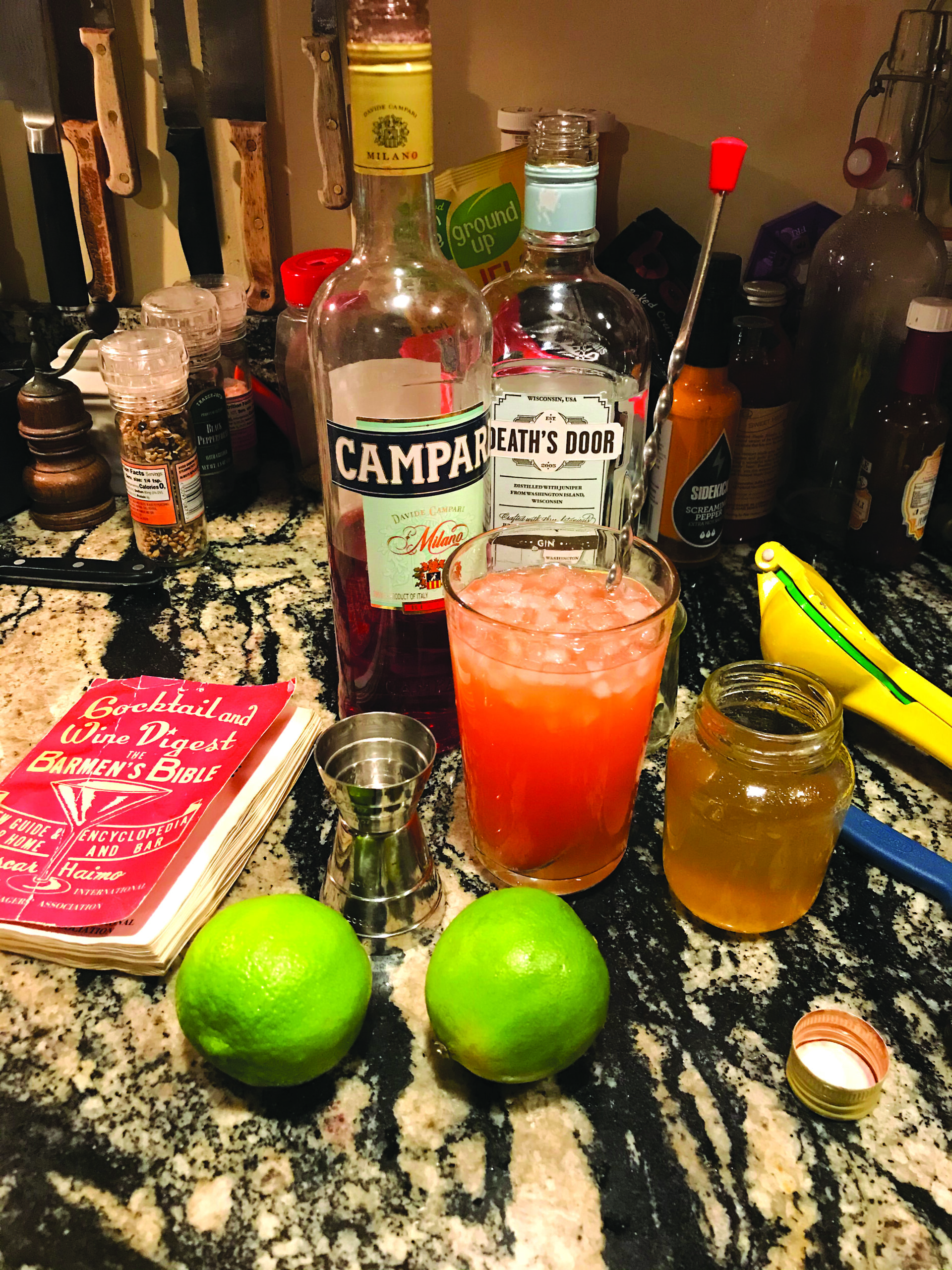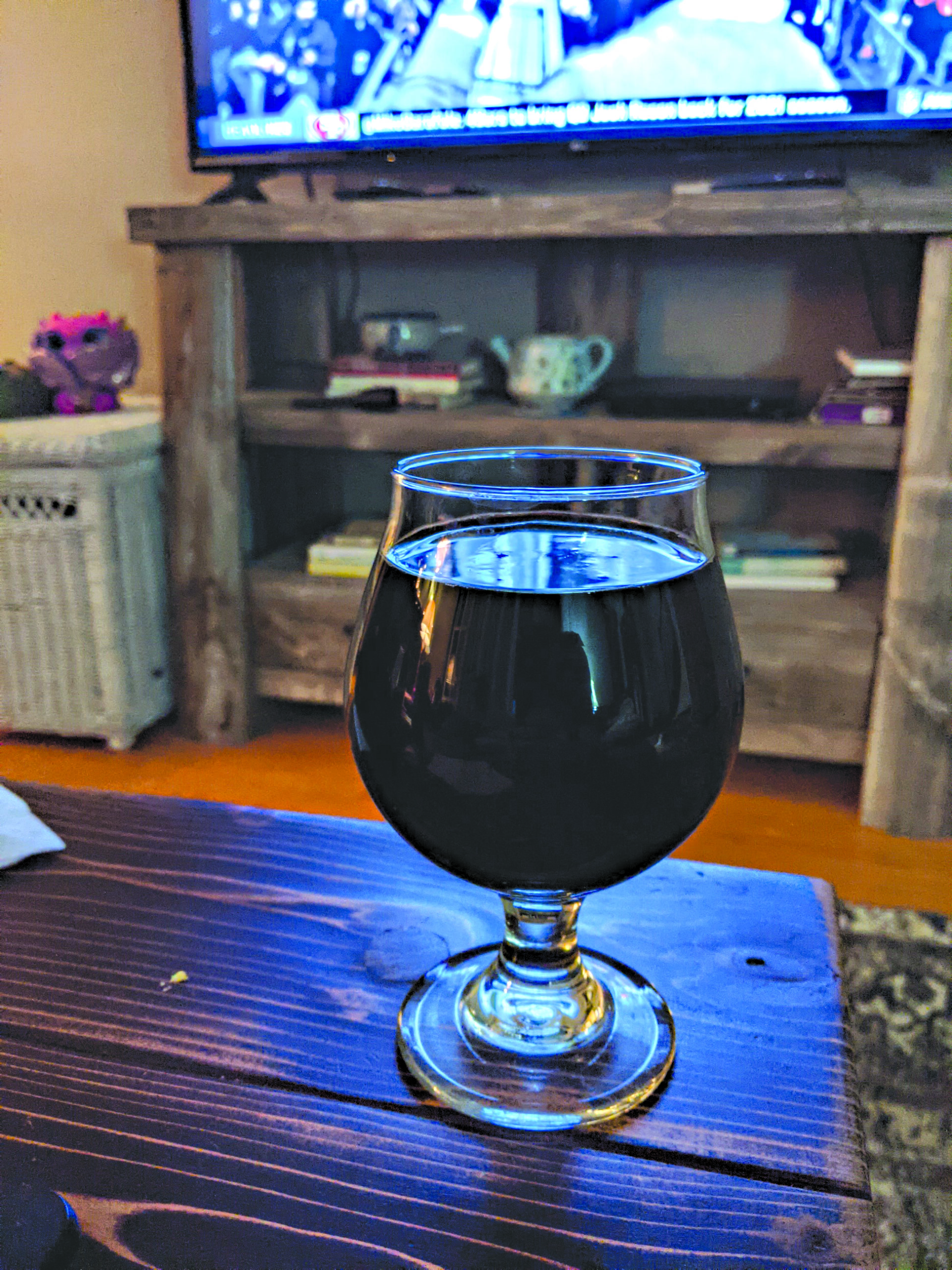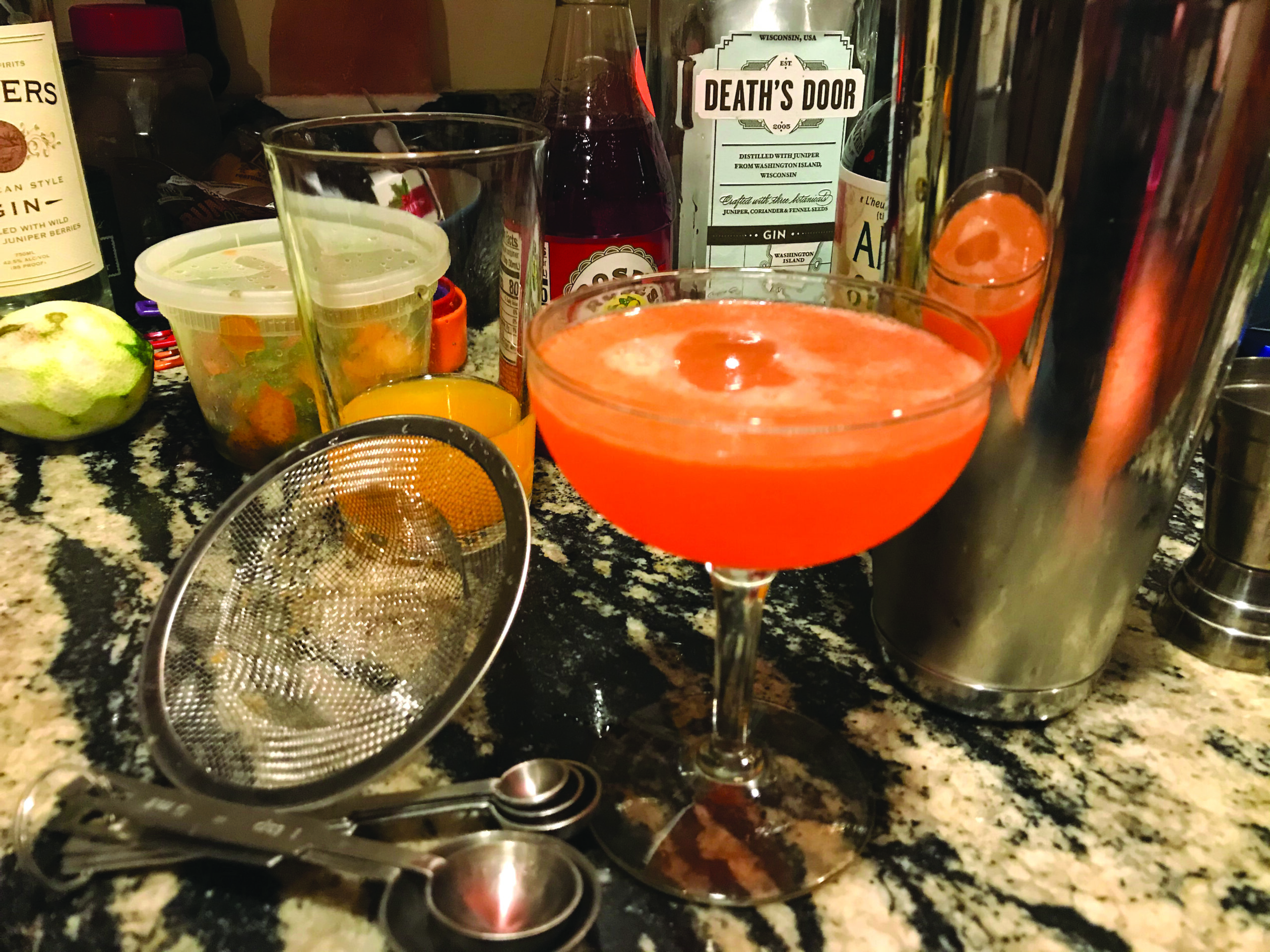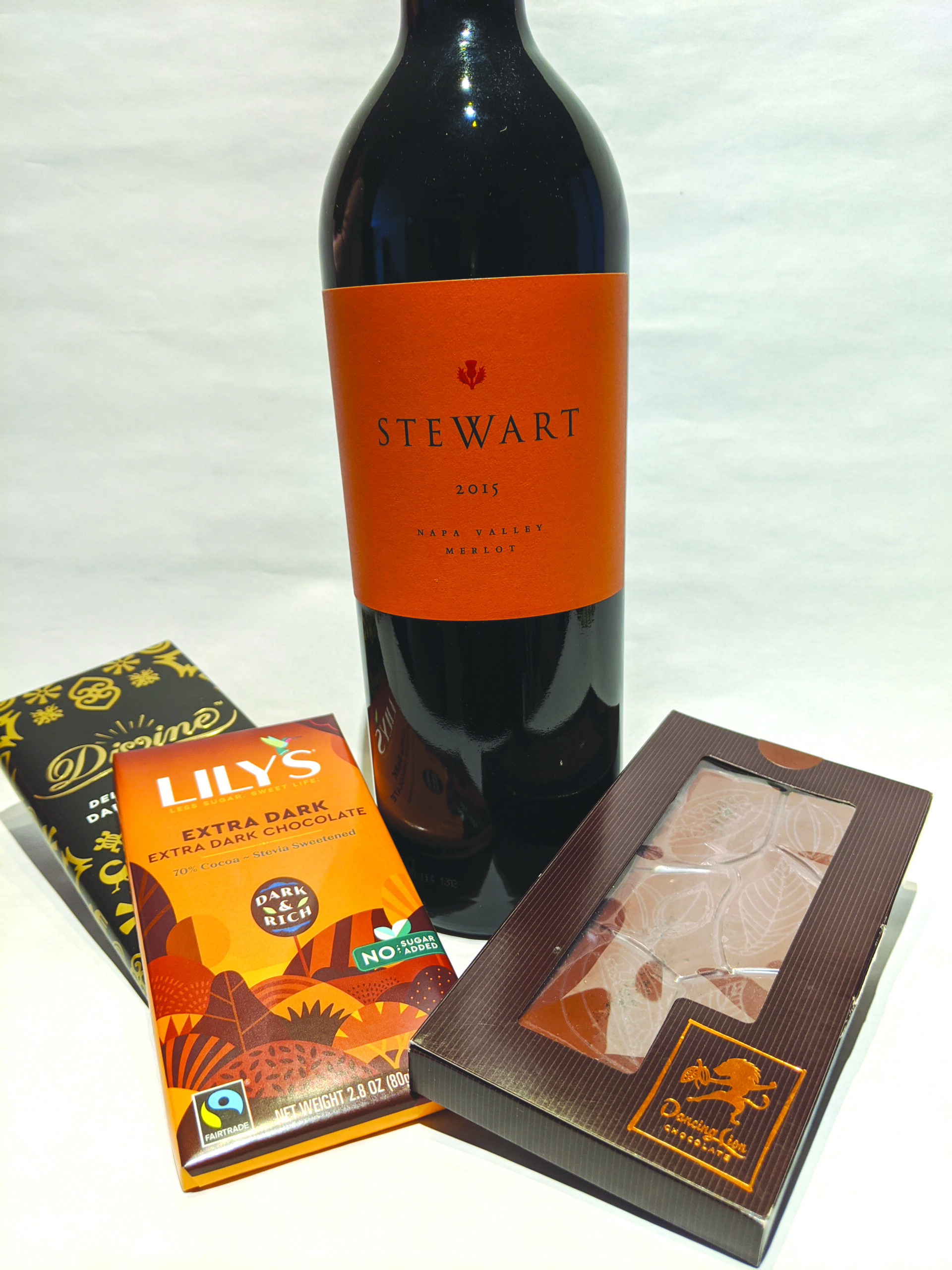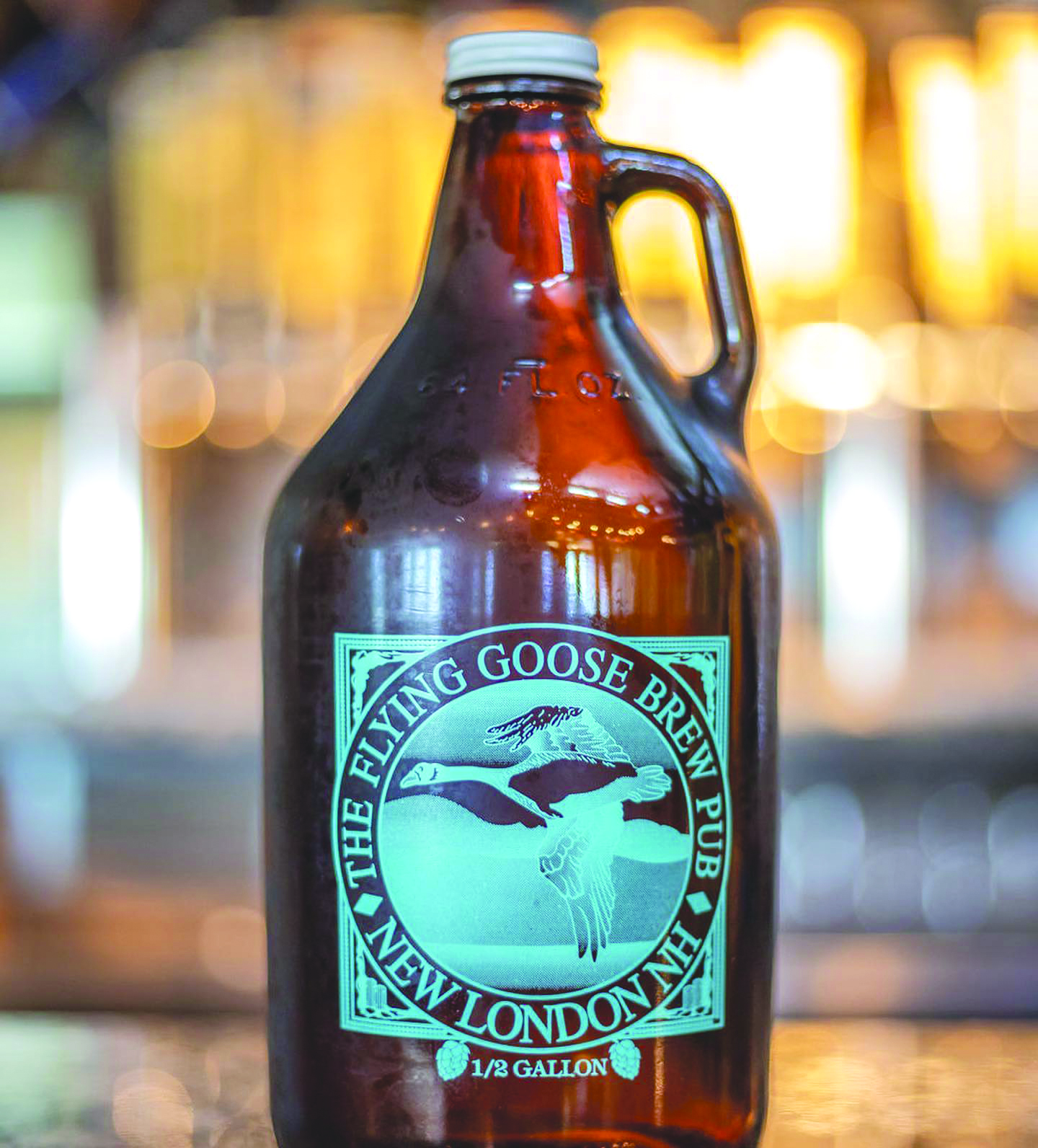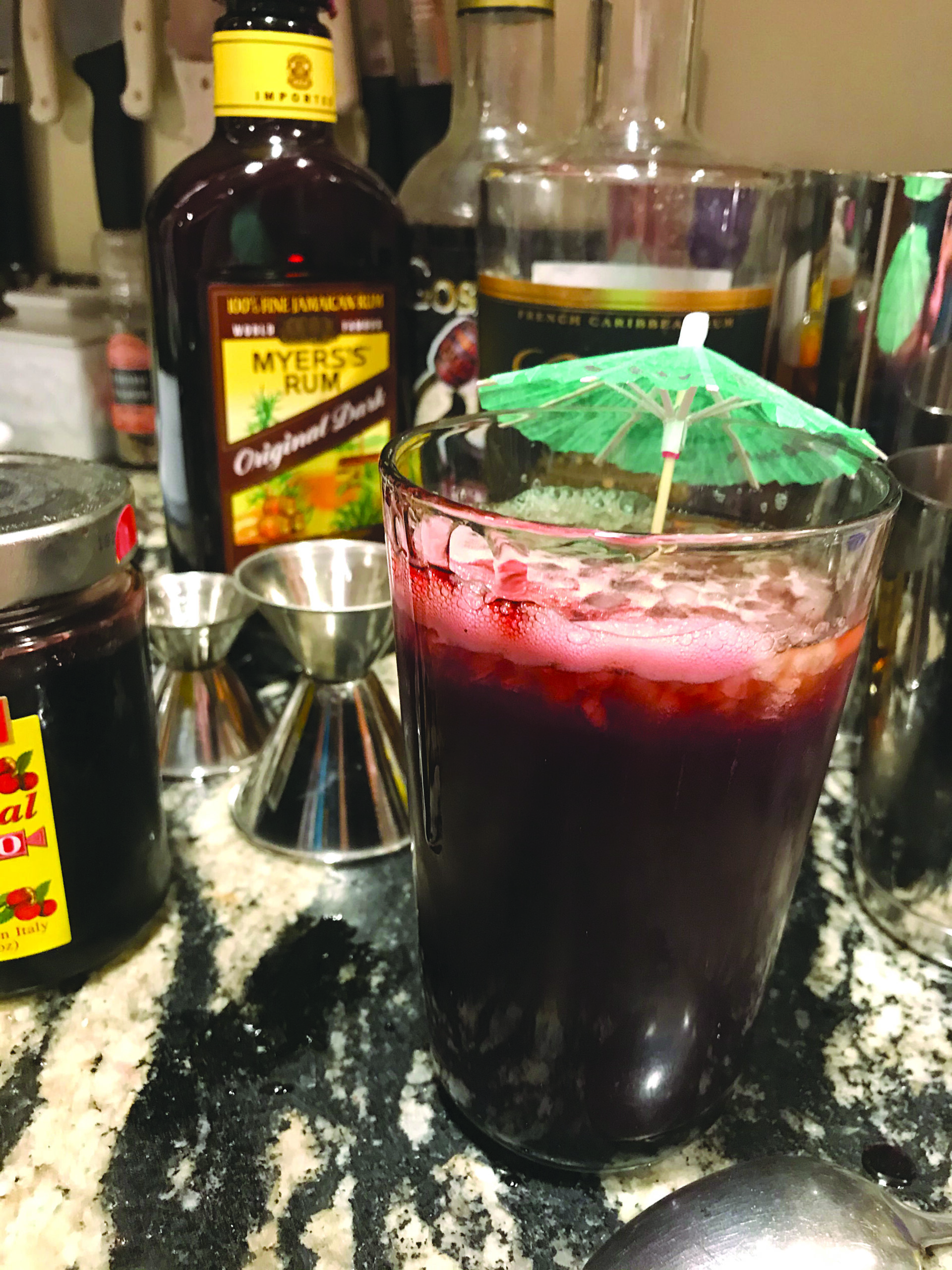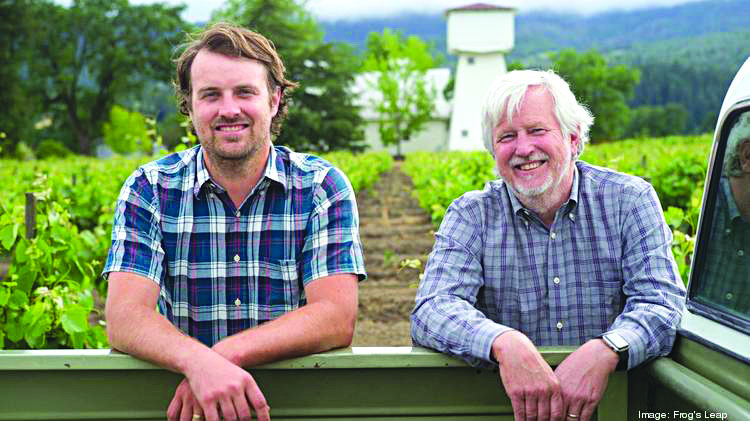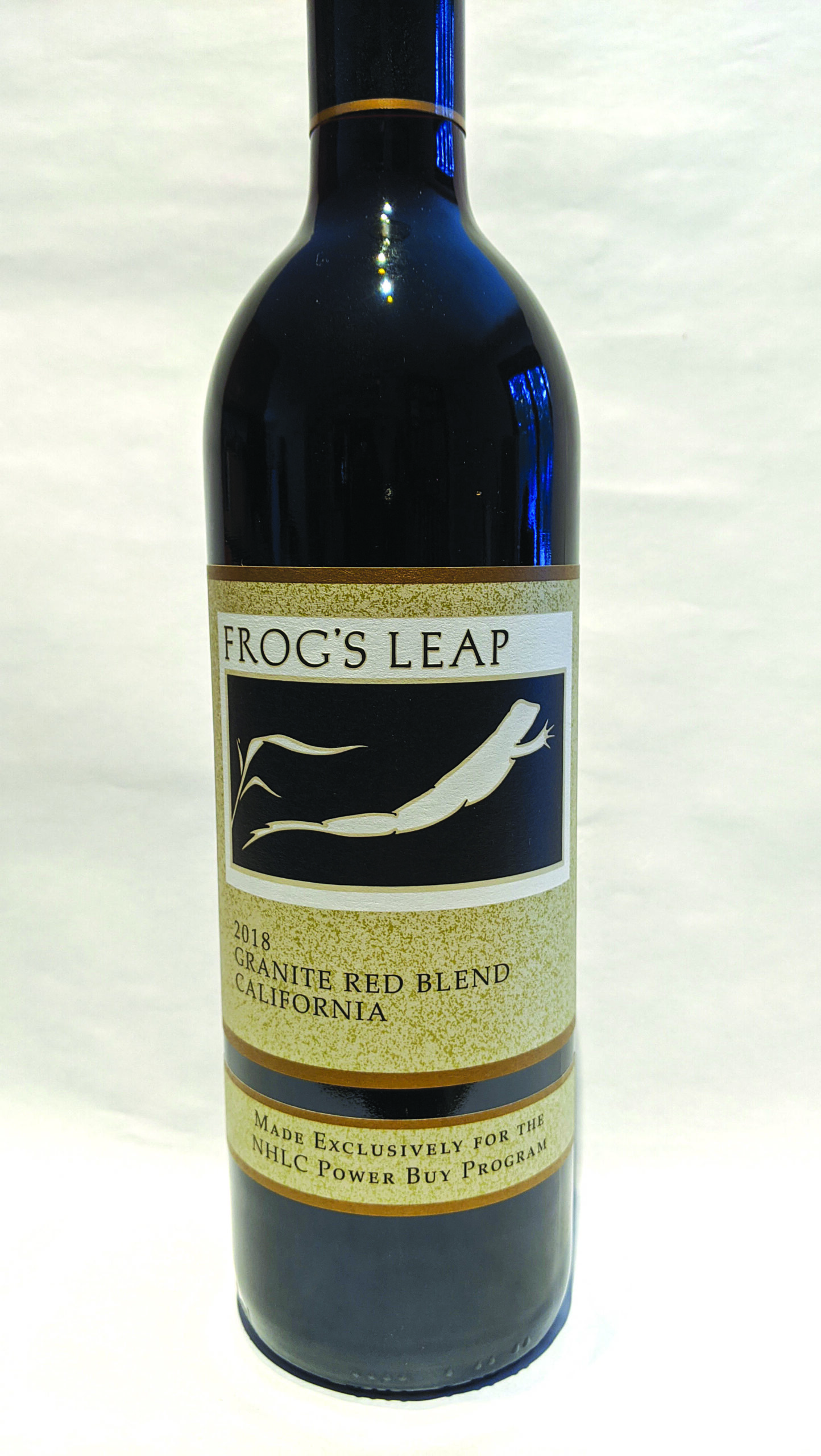What you eat or drink affects your brew
In sort of a famous family incident several years ago during a get-together at a restaurant, my dad complained about the Wachusett Country Ale he was drinking. He didn’t like it. The flavor wasn’t quite right.
As the brew is one of my staples and frankly, unarguably, one of the least offensive brews on the planet, this concerned me. Was it skunked? Did the bartender accidentally give him the wrong beer? Was something wrong with my father?
After a little investigation, he admitted he had popped an Altoid just as he was drinking the beer. Look, I’m not going to question the big guy. He must have needed a breath mint. But I feel sure the brewers at Wachusett Brewing Co. didn’t brew any of their beers to be enjoyed with an Altoid.
The point is, juxtaposition matters when it comes to beer.
This is not an article about pairing food with beer. This is some commentary on at least considering how one thing might impact another. It’s also about encouraging people to give beers another shot — in a different context, you might find different results.
If you’ve had a couple rich, smooth stouts, and then you make the jump to an amped up double IPA, well, it might work but the bitterness might be a lot to take on the first sip.
Recently I was enjoying a delicious Velvet Moon Milk Stout by Mighty Squirrel Brewing of Waltham, Mass., just savoring the rich coffee flavor and decadence of the brew. Then I followed it up with a much drier stout. It was not a good experience and left me disliking the second brew. I even bad-mouthed it to a friend.
I gave the brew another shot several days later and it was a completely different, completely pleasurable experience. I’m glad I came back to it.
Juxtaposition matters, of course, when you’re making a dramatic shift from one style to another, but it also matters when you’re sticking with the same style. If you’re enjoying a bunch of IPAs, sometimes the combination of hops from the next brew can hit you right or wrong.
Food has an impact as well, potentially bringing out the right or wrong flavors from the beer you’re drinking.
Just keep it in mind. If you try a beer and you don’t like it, you might just not like it, but consider the possibility that other factors have impacted how you feel about it. Try it again in a different context.
Here are three random beers that can probably be enjoyed in succession but I don’t really know.
ArrrVP Oak-Aged Robust Vanilla Porter by Great North Aleworks (Manchester)
Great North Aleworks takes its terrific Robust Vanilla Porter (RVP) and ages it in rum oak cubes, which accentuates the vanilla in the brew and gives it a little “bite,” while the beer maintains a dry finish. At its core this is still RVP, just a little different. The ABV is pretty low at 6.6 percent, making it approachable too.
Blueberry Ale by Wachusett Brewing Co. (Westminster, Mass.)
Just a coincidence that I referenced Wachusett earlier in the piece, but when you have had more IPAs than you should, this is a perfect choice. The subtle sweetness from the blueberries and the light body provide the perfect counterpoint to all that hop bitterness.
Unraveled IPA by Founders Brewing Co. (Grand Rapids, Michigan)
This is good stuff: very juicy but also smooth, if an IPA can be that. It’s also a crystal clear pour, making it very unique for this style. It also has big citrus aromas.
What’s in My Fridge
60 Minute IPA by Dogfish Head Craft Brewed Ales (Milton, Delaware) I hadn’t had this in forever and I’ll tell you what, this brew, now nearly 20 years old, absolutely stands up to today’s super-hoppy IPAs. Cheers.
Featured photo: ArrrVP by Great North Aleworks

